1.
Introduction
In the last decades the interest towards the complex systems for the modeling and studying of biological systems has been ever growing (see among the others [1]–[11], and references therein).
More generally, the study of complex systems [12]–[15] is one of the main resaerch topics of the last years. However the description of such systems, with related quantities and parameters, depends on the particular approach that is chosen. Different mathematical frameworks have been proposed depending on the representation scale of the system. In the present paper, we turn our attention on the so-called “kinetic approach” which is a generalization of the model proposed by Boltzmann [16] to describe the statistical dynamics of gases, and is based on a suitable version of his equation. The interacting entities of the system are called active particles. The evolution of the system is described by a distribution function which depends on the time, on the mechanical variables (i.e. space and velocity) and on a scalar variable called “activity”, whose meaning depends on the current application [17]. In the kinetic theoretical description of a complex system, the evolution depends on an integral term that defines the interactions between the particles.
A new modeling framework has been recently proposed for the description of a complex system under the action of an external force field: the thermostatted kinetic theory [18], [19]. The action of an external force field moves the systems out of the equilibrium. In this framework, the complex system under investigation is divided into n functional subsystems such that particles belonging to the same functional subsystem share the same strategy (in a suitable sense, the same aim) [20]. The macroscopic state is described by specific pth-order moments (see Section 2). The introduction of a dissipative term, called thermostat, constrains the system to keep the 2nd-order moment of the system, which can be regarded as the physical global activation energy, costant in time. The evolution of the system is then described by a system of nonlinear integro-differential equations with quadratic nonlinearity. The thermostatted kinetic theory has been developed, for instance, in the study of Kac equation too [21].
A biological system is constituted by a large number of interacting entities (the active particles) whose microscopic state can be described by a real variable (activity) which represents the individual ability to express a specific strategy. The active particles of a biological systems have the ability to develop behaviour that cannot only be explained by the classical mechanics laws, and, in some cases, can generate proliferative and/or destructive processes. By using the functional subsystems, the complexity can be reduced by decomposing the biological systems into several interacting subsystems [22]. In fact, this approach can possibly be considered the first fundamental contribution to biological studies [23]. The decomposition method can be regarded as a tool to reduce complexity. In fact, the active particles in each module, which is described as a functional subsystem, are not of the same type, while they express the same strategy collectively. Thus the system can be studied regarding the evolution of each functional subsystem rather than the single active particle.
A biological system can be described at different representation scales, depending on the particular application. For instance, the microscopic scale in biology corresponds to cells, while the dynamics of cells depends on the dynamics at the lower molecular scale, namely the scale of molecules. In some cases, the complexity of the system induces the use of even a larger scale, the macroscopic scale, which corresponds to population dynamics [24]–[26]. By using the framework of kinetic theory, the microscopic scale models the interactive dynamics among active particles, and it is described by using the activity variable, while the macroscopic state of the whole system is described by the pth-order moments related to the distribution function. The description of the biological systems depends on the pairwise interactions among the active particles (microscopic scale) and the state of the overall system (macroscopic scale).
In the last years, a widely interesting biological application is the modeling of the dynamics of epidemics with virus variations (see [3]–[6], [27]–[30], and references therein). One of the most used model is SIR (Susceptible, Infectious, Recovered), with its variants (see [6], [31]–[36], and references therein). In this contest, the system may be decomposed into 3 functional subsystem of interacting individual. The first functional subsystems denotes the healthy individuals whose microscopic state models the susceptibility to contract the pathological state. The second functional subsystems represents denotes individuals healthy carriers of the virus, whose microscopic state models the infectivity of the virus. The thirs functional subsystem denotes the individuals affected by the virus at the first and subsequent stages, whose microscopic state models the progression of both the infectivity and the pathological state.
Beyond biological systems, the thermostatted framework is used to study, among other topics: socio-economic systems [37], [38], pedestrian dynamics [39], vehicular traffic [40], crowd dynamics [41], human feelings [42], [43] and opinion formation [44].
The present paper deals with the discrete thermostatted framework: the activity variable attains its value in a discrete subset of ℝ, so that in this case the evolution of the system is modeled by a system of nonlinear ordinary differential equations with quadratic nonlinearity. The existence and uniqueness of the solutions is assured for both the related Cauchy and nonequilibrium stationary problems [45], [46]. The analysis of the discrete framework is important in order to define the methods for the numerical simulations.
The use of a discrete variable is not only a technical choice. In some application, this is related to the description of the current biological systems [47], [48]. For instance in order to describe the state of a cell, three values are assigned to the activity variable: normal, infected, dead. Moreover, in socio-economic systems [37], [38], the discretization of the activity variable has conceptual reason. As a matter of fact, a continuous activity variable for the socio-economic quantities may not make any sense: e.g. the wealth-state.
The main aim of this paper is the study of stability in the Hadamard sense of the discrete themostatted kinetic framework. A model is stable in the Hadamard sense if the solution exists and is unique, and it depends continuously on the initial data. In the current paper, two Cauchy problems, related to the discrete thermostatted framework that differ for their initial data, are considered. The distance between the initial data is estimated by a δ > 0. Using typical analytical techniques, this paper shows that the distance between the corresponding solutions, in a suitable norm, is estimated continuously in function of δ (see [49] for the continuous case), i.e. if δ goes to 0, the two solutions collapse.
The importance of continuous dependence of the solutions on the initial data is related, among other things, to the numerical simulations that can be performed [7], [50]–[52]. As a matter of fact, since the initial data is in general derived from a statistical analysis, its value is affected by an error, then the stability of the model may assure a “slow and small propagation” of such an error during the evolution, at least for small time intervals. Among others, the application of the discrete thermostatted framework to the epidemic dynamics may be considered. In this case the initial data is obtained from a statistical study, then it may be affected by an error. The continuous dependence with respect to the initial data is an important issue such that the numerical simulations can be performed such that the solution represents the evolution of epidemic with sufficient accuracy.
This paper presents a first step towards the study of stability and dependence on the initial data for the discrete kinetic thermostatted framework.
The contents of this paper are divided into 5 more sections which follow this brief Introduction. In Section 2 the discrete thermostatted kinetic framework is presented, and the related state of art about existence and uniqueness of the solutions. In Section 3 the main Theorem about the dependence on the initial data is presented, after introducing suitable norms. Section 4 deals with the proof of Theorem, proving the stability and giving an explicit form to the constant in the final inequality which is obtained by performing some typical analytic arguments. Finally Section 5 deals with the future research perspective that may follow this paper, which is meant as a first step towards the dependence on the initial data for the discrete thermostatted kinetic framework.
2.
The discrete thermostatted framework
Let us consider a complex system 𝒞 homogeneous with respect to the mechanical variables, i.e. space and velocity, which is divided into n (where n ∈ ℕ is fixed) functional subsystems such that particles belonging to the same functional subsystem share the same strategy [20]. Since some physical and life sciences models are characterized by discrete variables, in this paper the microscopic state of the system is described by a scalar variable u, called activity, which attains its values in a fixed discrete subset of ℝ, i.e.
The
ith functional subsystem, for
i ∈ {1, 2, …,
n}, is described by:
which is the
discrete distribution function, at time
t > 0, of active particles with activity
ui. The distribution function of the whole system reads:
where
δ is the
Delta function. The quantity
f(
t,
u)
du represents the number of active particles, at time
t > 0, in the elementary volume [
u,
u +
du].
The related vector distribution function of the system 𝒞 reads:
The macroscopic state of the system, at a time t > 0, is described by the pth-order moment, which is defined, for p ∈ ℕ, as:
The physical meaning of the moment depends on the value of
p, e.g. the
local density, the
linear activity momentum and the
global activation energy are obtained, respectively, for
p = 0,
p = 1 and
p = 2.
The interaction among the active particles is described by the following parameters:
Let Fi(t) : [0; +∞[→ ℝ+, for i ∈ {1,2, …, n}, be an external force acting on the ith functional subsystem, such that the external force field writes: F(t)=(F1(t),F2(t),…,Fn(t)).
A discrete thermostat is included in order to keep constant the 2nd-order moment 𝔼2[f](t). Let 𝔼2 be the fixed value of the 2nd-order moment, then the evolution of the ith functional subsystem, for i ∈ {1,2, …, n}, is:
where the
interaction operator Ji[
f](
t) can be split as follows:
where
and
are the
gain term operator and the
loss term operator (whose expression is related to the
(2.1)), respectively. The
equation (2.2) is obtained by balancing the time-derivative of the distribution function related to the
ith functional subsystem, i.e
fi(
t), and the net flux,
Ji[
f](
t), related to the same functional subsystem, the external force field and the thermostat. Therefore the evolution of the system (2.2) is a system of nonlinear ordinary differential equations with quadratic nonlinearity.
Let f0:=(f01,f02,…,f0n) be a suitable initial data. Then the Cauchy problem related to the discrete thermostatted framework (2.2) is defined as:
Definition 2.1. Fixed 𝔼2 > 0, the space function ℛ2f=ℛ2f(ℝ+,𝔼2) is defined as:
Henceforth, the following assumptions are taken into account:
H1
H2
H3 there exists η > 0 such that ηhk = η, for all h, k ∈ {1,2, …, n};
H4 there exists F > 0 such that Fi(t) = F, for all i ∈ {1,2, …, n} and for all t > 0.
Remark 2.2. The H1 is a technical assumption since the generalized framework has been treated in [53], where ui ≥ 1 is not required.
In this framework, under the assumptions H1-H4, there exists one only function f(t)∈C([0,+∞[;(ℝ+)n)∩ℛ2f which is solution of the Cauchy problem (2.3) [45].
Complex systems usually operate far from equilibrium since their evolution is related to an internal dynamics, due to the interaction between particles, and to an external dyanmics, due to the external force field. Then nonequilibrium stationary states are reached during the evolution.
The stationary problem related to (2.2) is, for i ∈ {1,2, …, n}:
In [46] the existence of a solution of (2.4), called non-equilibrium stationary solution, is gained, and the uniqueness is proved under some restrictions on the value of the external force F. Henceforth, without leading of generality, 𝔼2[f] = 𝔼0[f] = 1 is assumed.
If these further assumptions hold true:
H5
H6
then the evolution equation of 𝔼1[f](t) reads [46]:
where
and
Moreover:
Remark 2.3. The assumptions H3-H4 are not restricted. Indeed the results of existence and, if possible, uniqueness can be proved if there exist F,η > 0 such that:
-
ηhk ≤ η, for all h, k ∈ {1,2, …, n};
-
Fi(t) ≤ F, for all i ∈ {1,2, …, n} and for all t > 0.
3.
Dependence on the initial data
Under suitable assumptions the Cauchy problem (2.3) has a unique solution f(t)∈C([0,+∞[;(ℝ+)n)∩ℛ2f [45].
Let us consider now two Cauchy problems related to the discrete thermostatted framework (2.2):
where
f01=(f011,f012,…,f01n) and
f02=(f021,f022,…,f02n) are two different initial data.
If the assumptions H1-H6 hold true, there exist f1(t),f2(t)∈C([0,+∞[;(ℝ+)n)∩ℛ2f solutions of the Cauchy problems (3.1) with initial data f01 and f02, respectively. The main result of this paper estimates the distance between the two solutions for T > 0, i.e.
when the distance between the initial data is estimated, i.e. there exists
δ > 0 such that
Theorem 3.1. Consider the Cauchy problems (3.1). Suppose that the assumptions H1-H6 hold true. If there exists δ > 0 such that:
then for T > 0
where the constant C =
C(
η,
F,
Iu)
depends on the parameters of the system.
Remark 3.2. As consequence of Theorem 3.1, the problem (2.3) is well-posed in the Hadamard sense.
4.
Proof of main result
Proof of Theorem 3.1. The thermostatted equation (2.2), for i ∈ {1, 2, …, n}, writes:
Integrating between 0 and t, the (4.1) reads:
By assumptions:
and then the
(4.2) rewrites:
Finally, by (4.3), for i ∈ {1, 2, …, n}:
Using the (4.4) for f1(t),f2(t)∈C([0,+∞[;(ℝ+)n)∩ℛ2f solutions of the Cauchy problems (3.1) with initial data f01 and f02, respectively, one has, for i ∈ {1, 2, …, n}:
and
Subtracting the (4.5) and (4.6), for i ∈ {1, 2, …, n}:
By (4.7), for i ∈ {1, 2, …, n}:
Moreover, for i ∈ {1, 2, …, n}:
Summing the (4.9) on i:
Then by (4.10):
Since, by straightforward calculations:
then the second term of the right hand side of the
(4.11) is estimated as follows:
Using the (4.12) and (4.11) follows:
Let introduce the constant
that depends on the parameters of the system. Then, by the
(3.2), the
(4.13) rewrites:
Applying the Gronwall Lemma [54] to the (4.14), one has:
for
t ∈ (0,
T).
Finally, by (4.15), the claim (3.3) is gained, since:
5.
Conclusion and research perspectives
The mathematical analysis performed in this paper has been addressed to the dependence on the initial data of the discrete thermostatted kinetic framework. Theorem 3.1 ensures the stability in the Hadarmd sense of the framework (2.2), for all T > 0. The constant C > 0, obtained after some technical computations, is explicit and is an important issue for future numerical simulations that may be performed for several applications (see among others [55], [56] and references therein).
Numerical simulations towards the framework (2.2) are a first future research prespective. Specifically, the parameters of the system, i.e. interaction rates ηhk and transition probability densities Bihk, will have an explicit form and meaning related to the particular application taken into account. For instance, the modeling of the tumor-immune system competition may be considere. In this case the functional subsystems are: cells of immune system, normal cells and infected cells (see [57]–[59]). The initial distribution of cells, related to the three different functional subsystems, is gained by statistical analysis; then it may be affected by error. The solutions, related to the real and affected value of the initial data, differs of δ at time t = 0. By using the estimate (3.3), the maximal time time interval where the two solutions are as “close” as possible to each other is estimated.
For Theorem 3.1 the norm ‖f‖C([0,T];(ℝ+)n) has been used in according to [18]. A research perspective is the estimate of the distance between the two solutions, during the time evolution, by using another suitable norm which may provide a sharper result. In this perspective, the estimate of distance between the time-derivatives of the two functions may be a next step.
Theorem 3.1 provides stability for the discrete framework when the 2nd-order moment is preserved. The general framework [45], when the generic pth-order moment is preserved, is not investigated in this paper. An interesting future research perspective is the analysis of the general case by using, in a first approach, the same norm of Theorem 3.1.











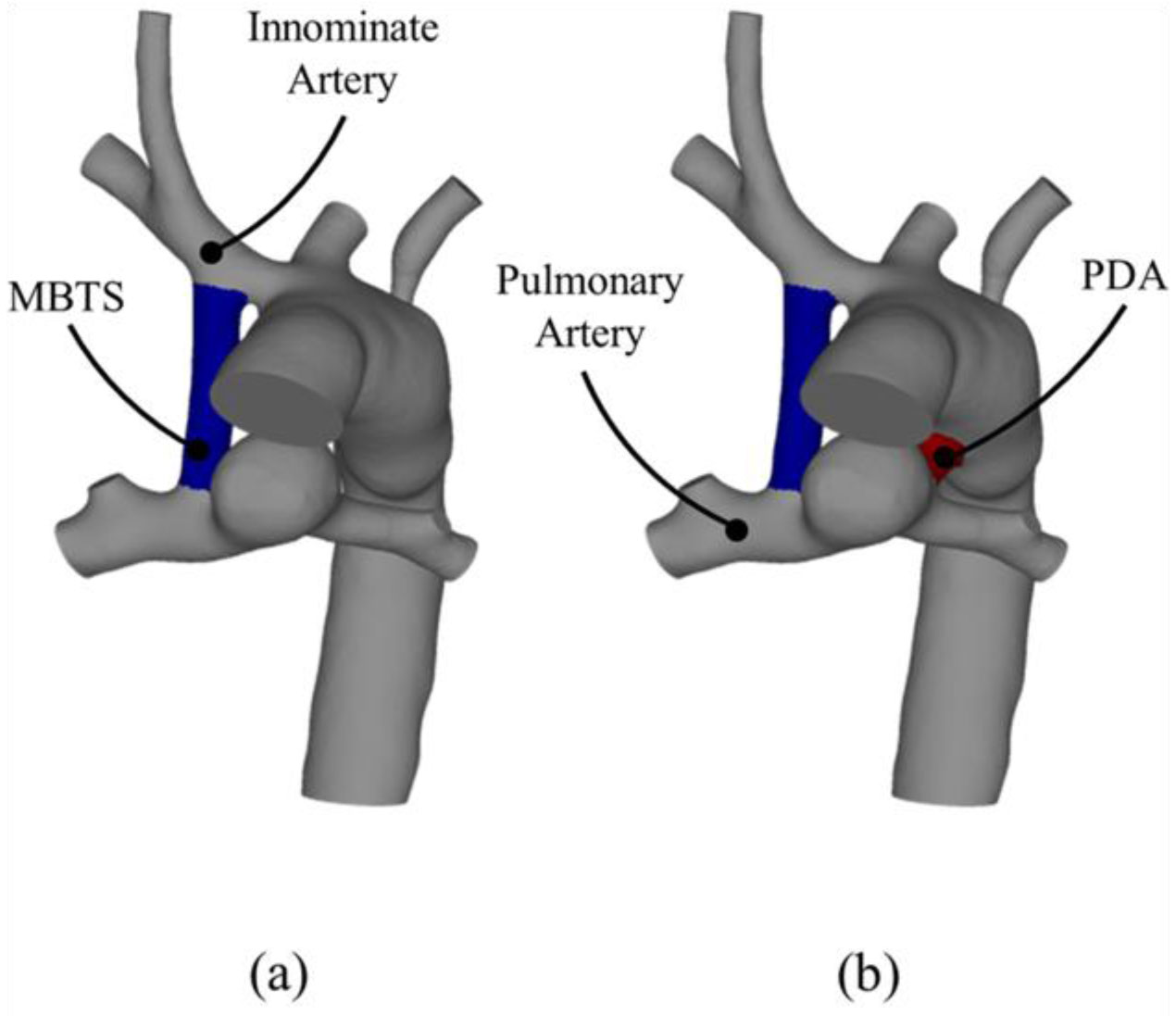
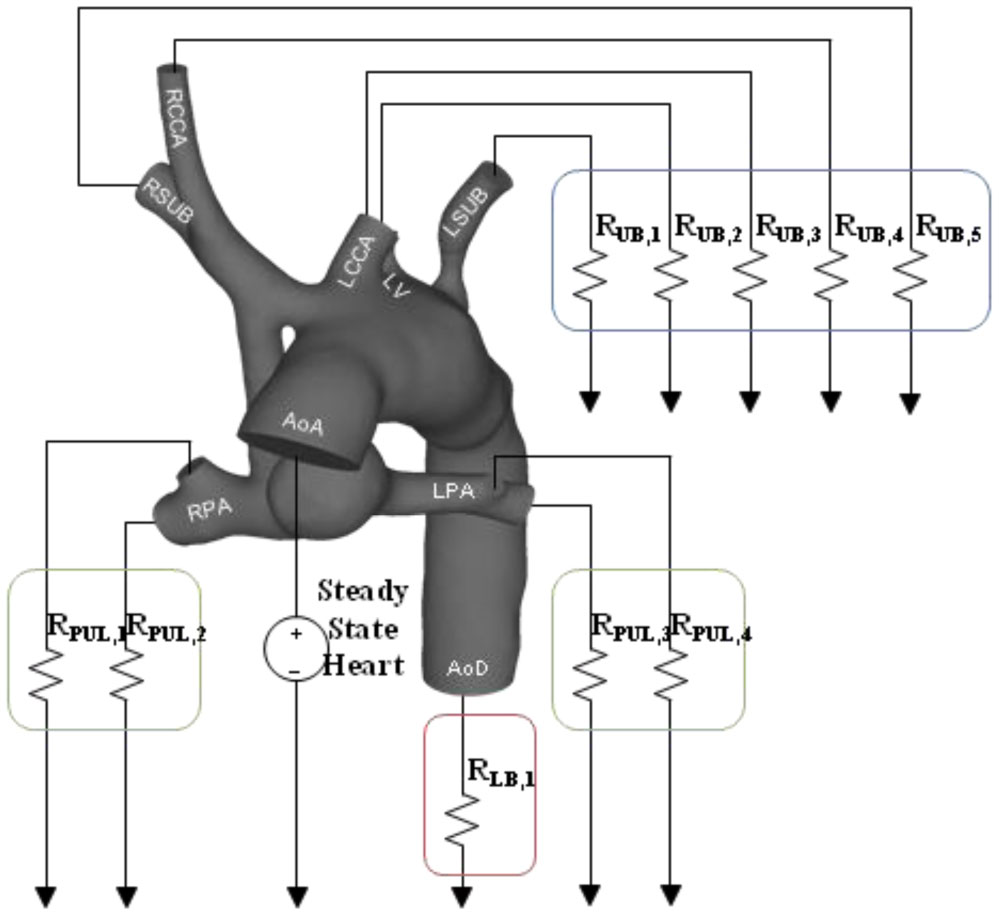
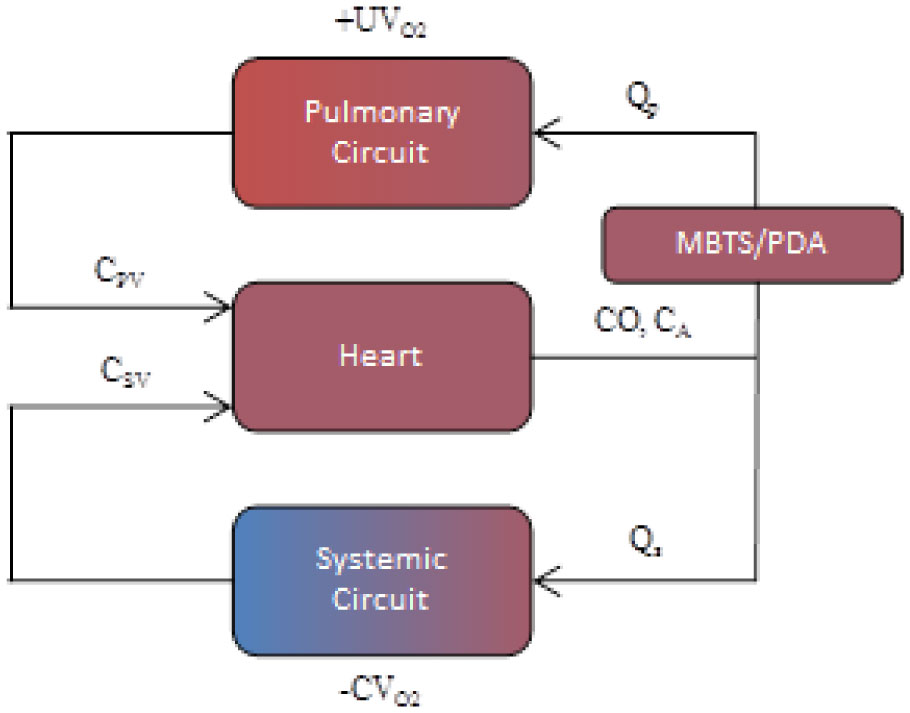
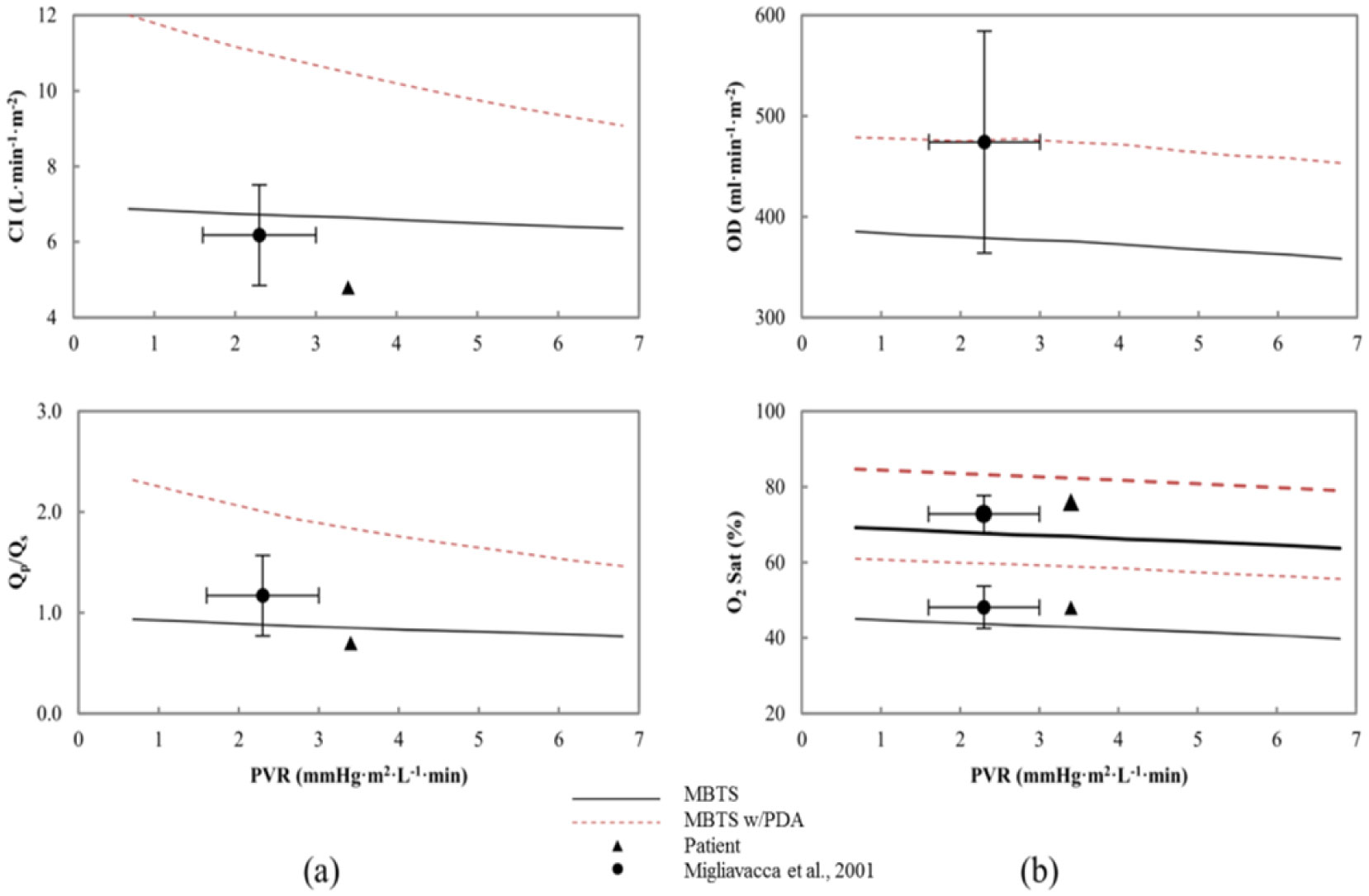
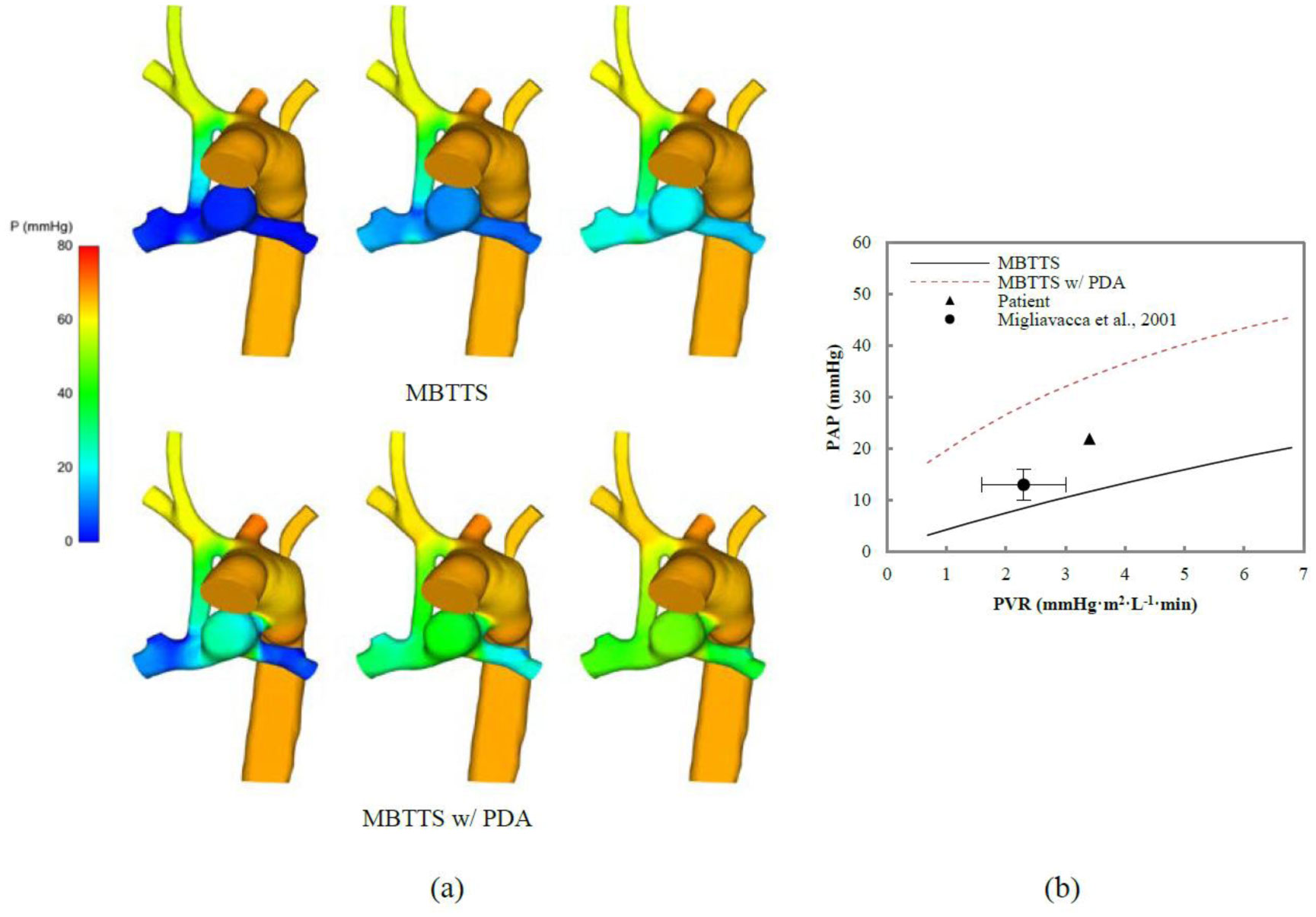
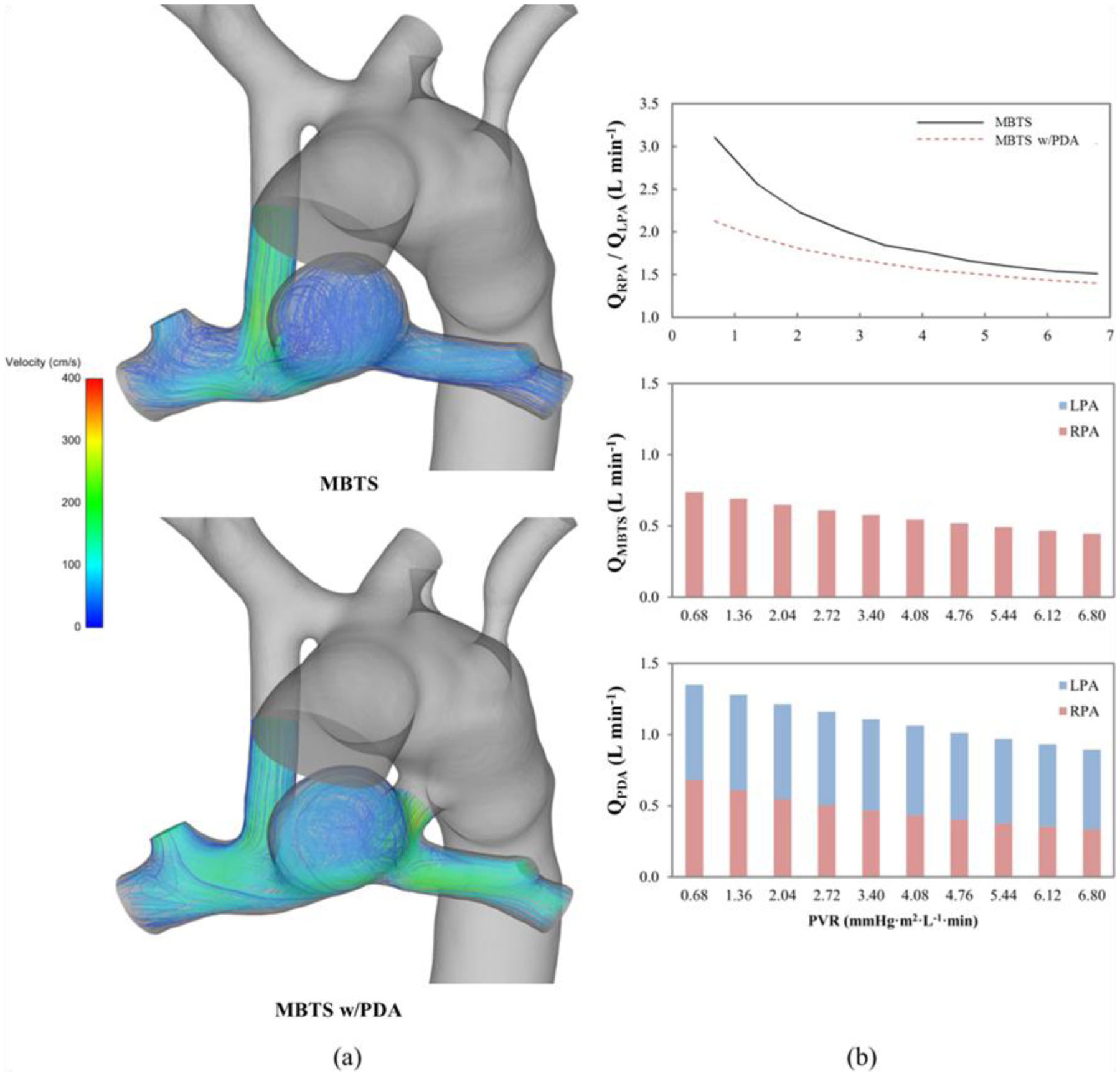
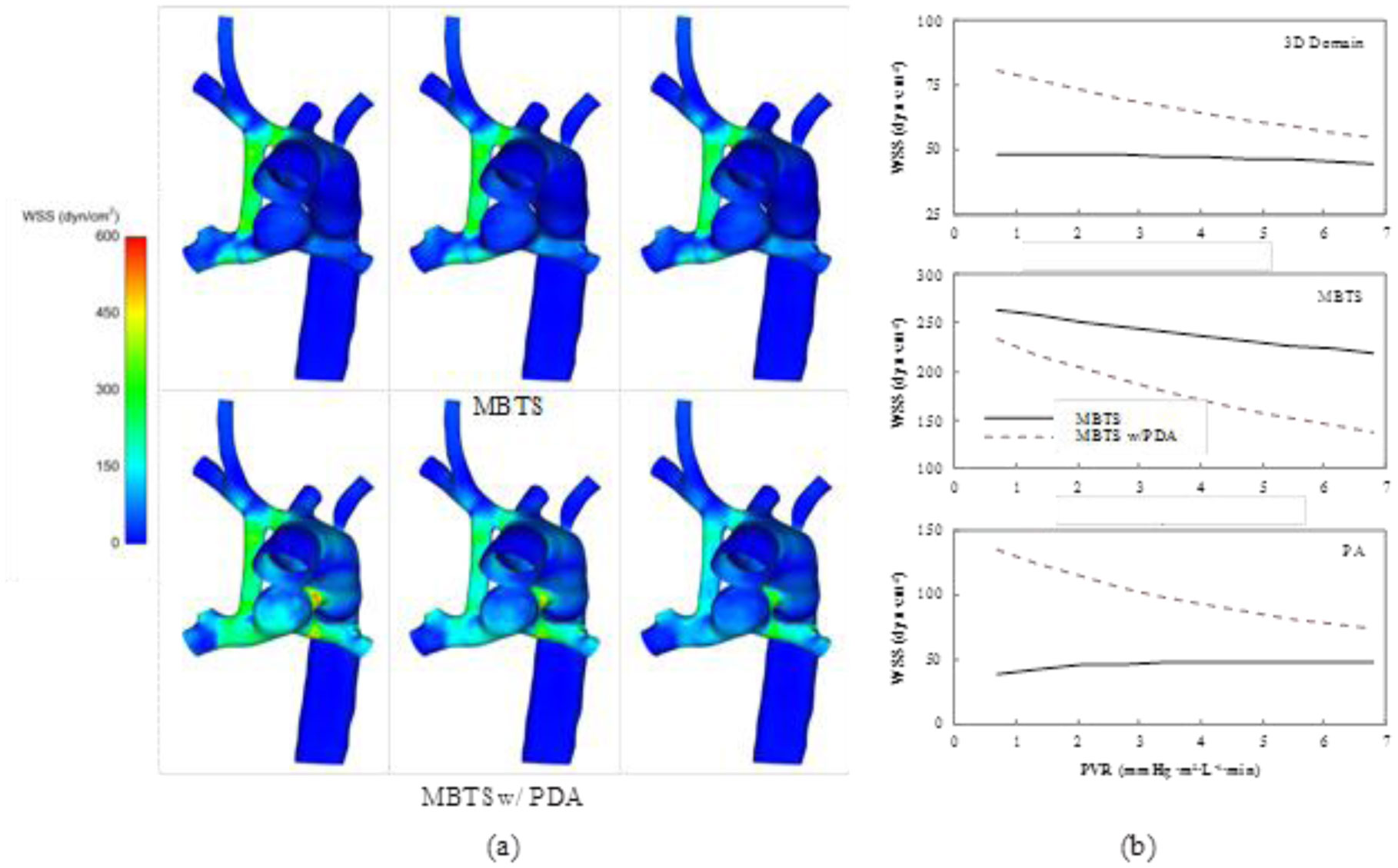
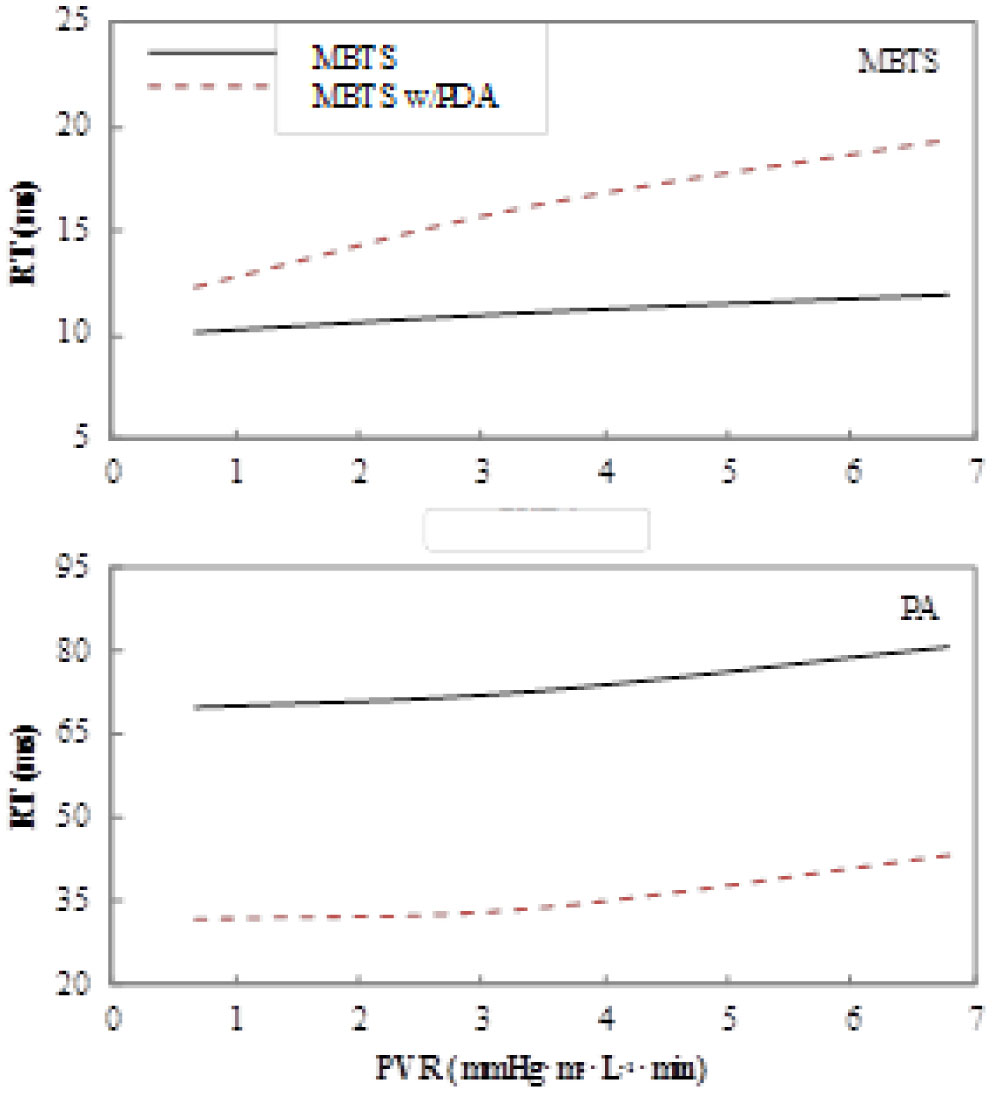


 DownLoad:
DownLoad: